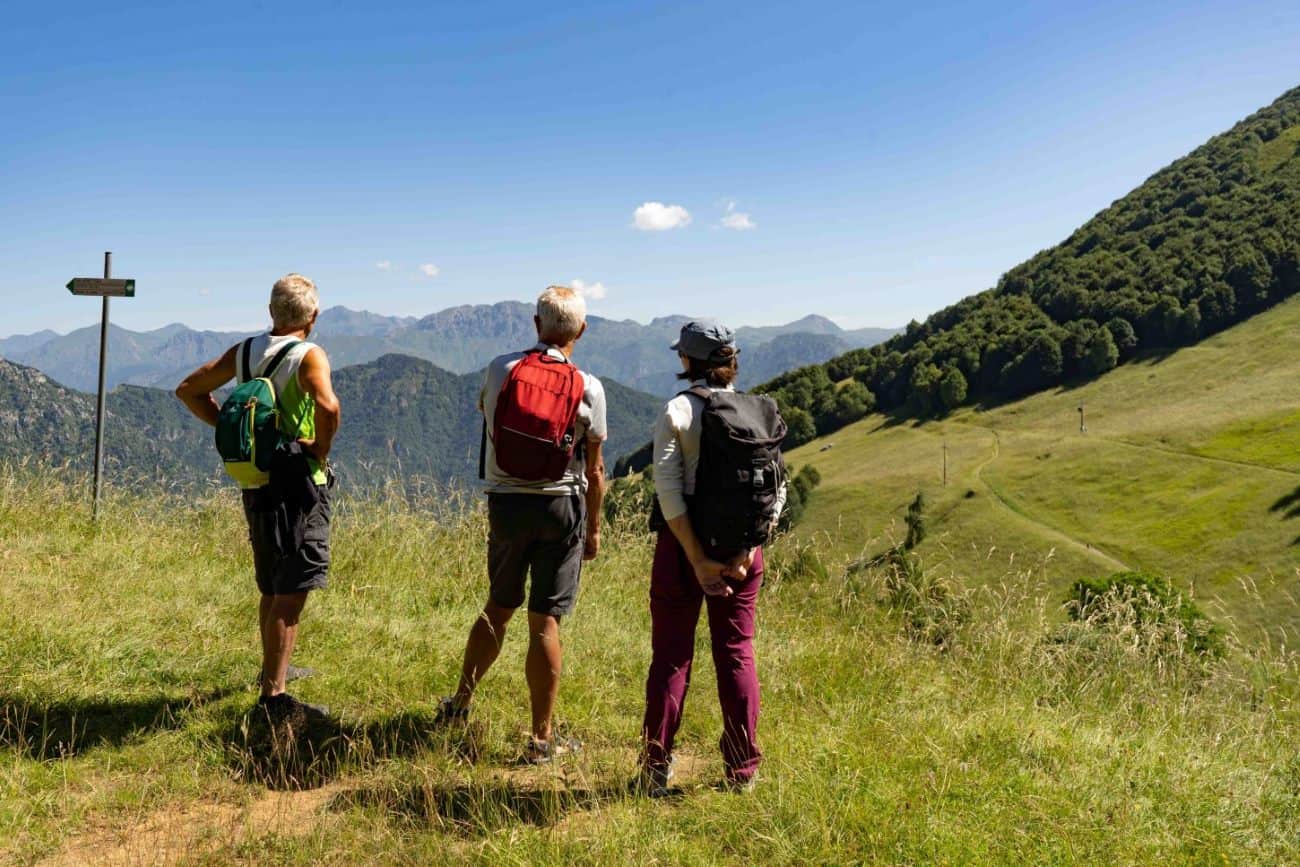Alpine communities are closely connected to the territory and have nature-based livelihoods. The vulnerability of these communities to climate change necessitates the development of adaptation strategies.
Therefore, understanding how a community that is connected to nature perceives climate change is crucial. Different ways of understanding and dealing with climate change coexist within communities due to the differences in perception across and within local contexts.
Alpine local communities are increasingly required to respond to changes by establishing initiatives for adaptation and new ways of managing resources due to extreme climate phenomena.
The impact of progressive changes on attitudes in responding to new situations depends on the perception of the climate problem and the available means. An all-encompassing understanding of climate change by local populations and communities is not obvious (Jurt et al., 2015) and indeed there are many difficulties to appropriate a global phenomenon, and recognized on a local scale, so that one of the key issues is “the social construction of the climate problem is still largely to be done at local level” (Brédif et al., 2015).
The theme of the perception of climate change in snow-based destination of Alps by local stakeholders has been the subject of research since the late 90s, about 10 years after the research of impact and vulnerabilities assessments (Abegg, 1996); today in field research the relevance of the climate change perception of stakeholders has a limited role. The perception of climate change of a broad category of ski industry stakeholder, that includes operators in the ski resort, hospitality and services sector, local and regional government, is varied and depends on individual sensitivity and knowledge but is perceived as an incremental and temporally distanced threat (Steiger R. et al., 2019).
Often the industry’s faith in snowmaking technology and high level of business damage causes a distortion of perception on effects of climate change. Despite most reviews of the impact of climate change on the ski industry has used climate change scenarios for estimating future changes in snow conditions, especially snow depth and duration (Gilaberte-Burdalo et al., 2014), there is skepticism to take adaptation and mitigation actions against climate change by stakeholders.
One of the most influential drivers of climate change perception is the way to transfer scientific knowledge in practices. Tourist’s perception of climate change is links to behaviors and habits to live ski areas; new situations of snow conditions and anomalously warm seasons generate significant changes as alternatives holiday plans and other ways to do winter sports and mountains; often tourists in the presence of changes in their habits choose an alternative ski area (Witting, 2021).
Another way to adapt to the climate change for the tourist is to reduce the frequency or concentrate the number of skis in the short season with increased demand peaks of skier visitors. The indirect impacts of ski tourists generate consequences of transport patterns and volumes, CO2 emissions and high concentrations of services; tourists don’t have a mature perception of its indirect impacts that contribute to climate change even though they can directly perceive its consequences.
Tourism is a highly interconnected economic activity that relies on both natural and anthropogenic goods and services. Therefore, there is a need to incorporate a climate change perspective into the discourse about tourism planning and sustainable development, both at the local and regional levels (OECD 2006). Moreover, individuals must be involved at various levels because their behavior will determine many of the possible future outcomes.
Thus it is necessary to start a process of collective capacity building. Climate change could be an opportunity to involve the local stakeholders into the process of improving the sustainability of tourism in the Alps. The aim is to involve the local community in a discussion about the future of their tourism system and about the prospects for supporting tourism performances in a sustainable way.
It would be useful to promote the development of strategies for local and sustainable development and raise awareness of the potential impacts of climate change.
Participatory methodologies are particularly recommended in these contexts to effectively manage stakeholders’ involvement in decision-making. For instance activities can include a representative range of stakeholders and decision-makers and should be chaired in such a way as to be impartial to sectoral interests and to ensure that external knowledge input is also regarded as credible and impartial (Simpson et al. 2008), with the aim of facilitating participatory processes, integrating local and scientific knowledge



